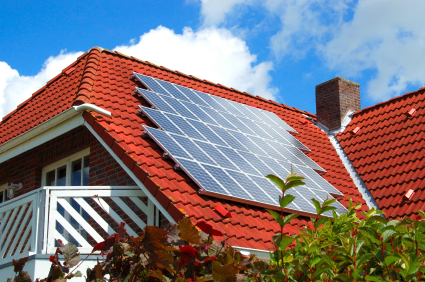When conventional air conditioners run at the hottest times of the day, they put strain on power grids that often leads to outages. Air conditioning units that work off solar systems offer environmental benefits like fewer power outages, reduced electricity costs, lower grid demands and reduced greenhouse gas emissions.
Air conditioning solar systems come in two basic types – chillers and hybrids.
Chiller (also known as evaporative cooler)
This type works by cooling and heating water through condensation and evaporation. The air blows over a water-saturated material to cool it, and solar energy is used to power the motor and fan.
Some solar system air conditioners can run off batteries or they can work off electricity from a power socket. Even when a solar system is plugged into a conventional power socket, it works at a maximum of 500 watts an hour – in comparison to 900 watts an hour for a window air conditioner and a whopping 3500 watts an hour for central air conditioning.

Hybrid
This combines PV (photovoltaic technology) with DC (direct current). It automatically switches between battery power and solar power as needed. When set in hybrid mode, these solar systems charge their batteries while the sun shines. When the sun doesn’t shine, they run on battery back-up. During this time, the batteries are being charged via AC (alternating current).
One manufacturer designed a solar system air conditioner to work either as a battery/hybrid solar unit or completely off the grid. It runs on direct current and is powered by one 170-watt solar panel. It has enough capacity to cool a 600-square-foot room.






